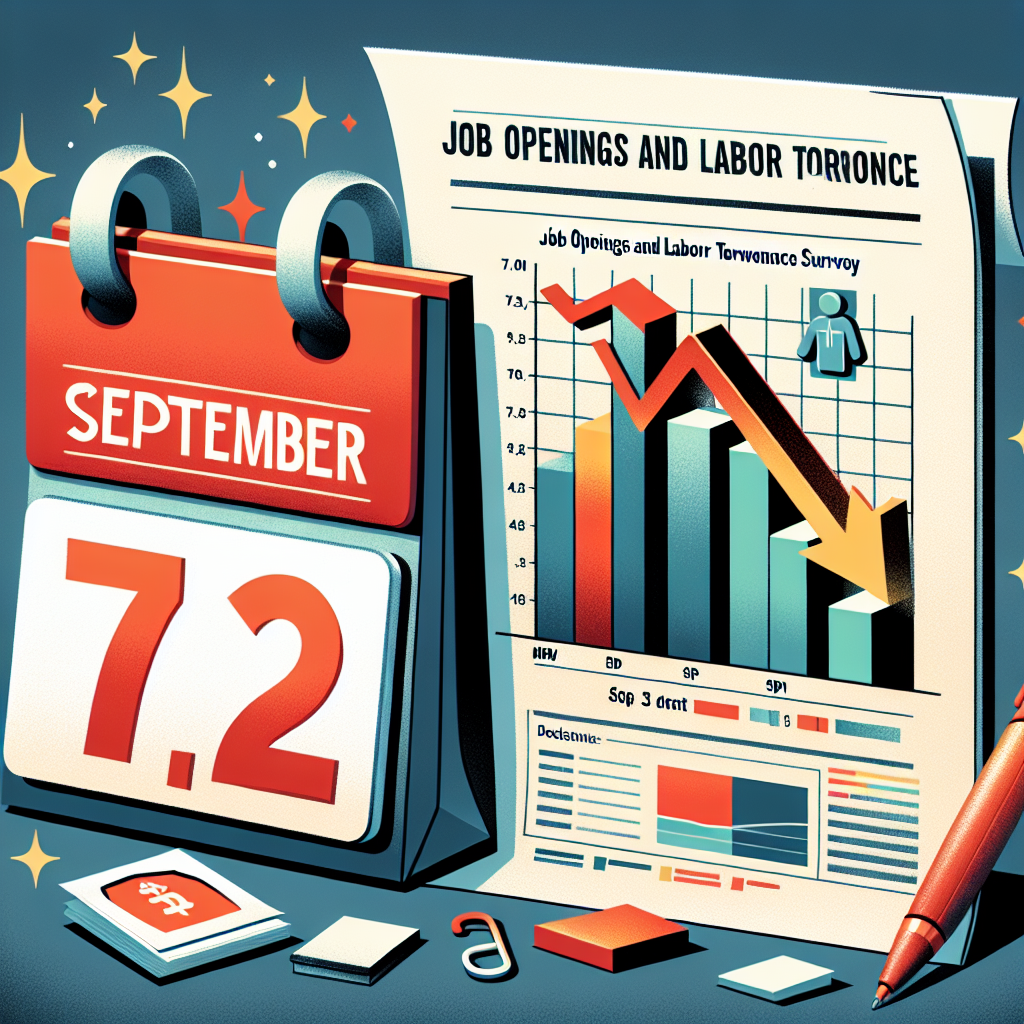The US Bureau of Labor Statistics released data today (September 3) showing that job openings in July fell to 7.18 million, dropping below 7.2 million for the first time since September last year.
According to the Job Openings and Labor Turnover Survey (JOLTS), job openings decreased by 176,000 from the revised 7.35 million, which was lower than the economists’ expected 7.4 million. The decline was concentrated in the healthcare and social assistance sector, with a decrease of 181,000; the arts, entertainment, and recreation sector decreased by 62,000; and the government sector saw a decrease of 38,000.
The report indicated that 3.208 million people voluntarily quit their jobs in July, maintaining a 2% quit rate. The professional and business services sector added 197,000 jobs, while the construction industry decreased by 80,000 and transportation and warehousing reduced by 49,000. Economists closely monitor the quit rate as it reflects workers’ confidence in finding new jobs.
On the hiring side, the number of new hires in July remained unchanged at 5.3 million, but the hiring rate dropped to 3.3%, hitting a new low since November last year and continuously staying below pre-pandemic levels since June 2023. Layoffs remained unchanged at 1.8 million, with a reduction of 130,000 in the professional and business services sector, but an increase of 5,000 in the federal government sector.
The market is eagerly awaiting the upcoming employment report for August. Early estimates suggest that the US economy added 75,000 jobs, and the unemployment rate may rise to 4.3%. Additionally, the nonfarm payroll data for July was revised downward by 258,000, indicating a slowdown in the job market.
In a report on August 25, the Oxford Economics Institute noted that although the labor market still considers “balanced,” the downside risks are increasing, potentially prompting the Federal Reserve to consider rate cuts at the next meeting. Federal Reserve Chairman Jerome Powell also cautioned at the Jackson Hole Symposium last month that the downside risks to employment are rising, which could quickly translate into a wave of layoffs and an increase in the unemployment rate.
Federal Reserve Governors Christopher Waller and Vice Chair Michelle Bowman also warned of “increasing signs of fragility” in the labor market. Bowman noted a significant decrease in the employment-population ratio this year, with employment growth mainly concentrated in a few sectors such as healthcare and social services.
Furthermore, economists at the Royal Bank of Canada cautioned that tariff hikes leading to inflation could further squeeze business demand for labor, exacerbating pressure on the job market.

